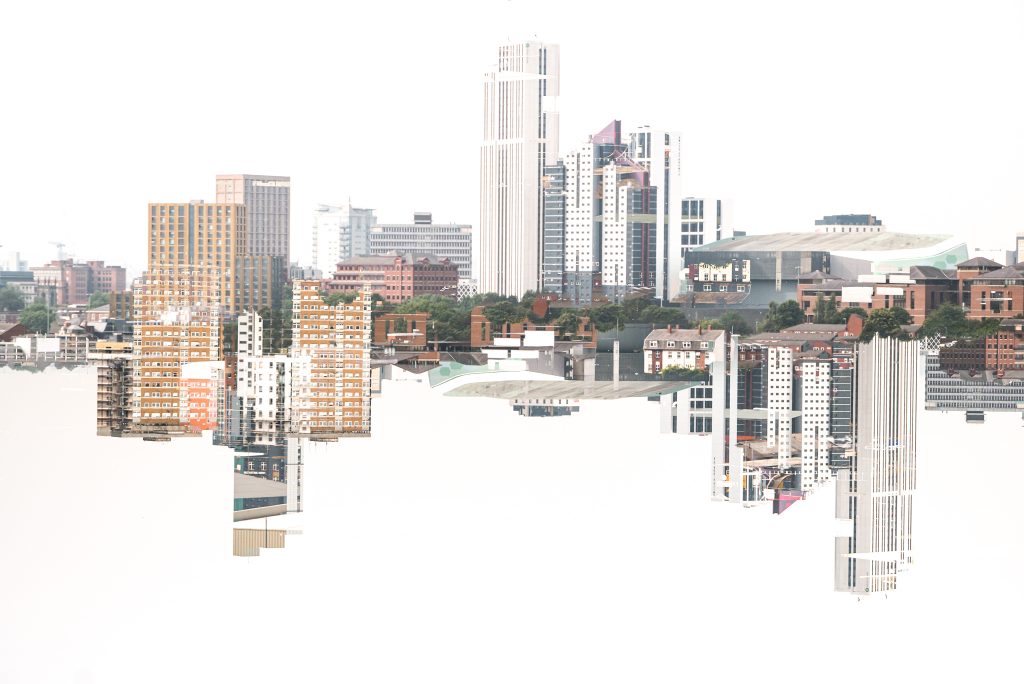
In July (2021) I started a project to photograph my birth city of Leeds.
It is the largest city in West Yorkshire, has a rich industrial history and sits in the valley of the River Aire. It obtained city status in 1893. It’s Latin name is Loidis and from this the word Loiner is derived for an inhabitant of the city. I no longer live in the city but just down the road in Wakefield however I still claim the name of Loiner for myself if anyone asks. It’s where most of my family lives and my heart is always there.
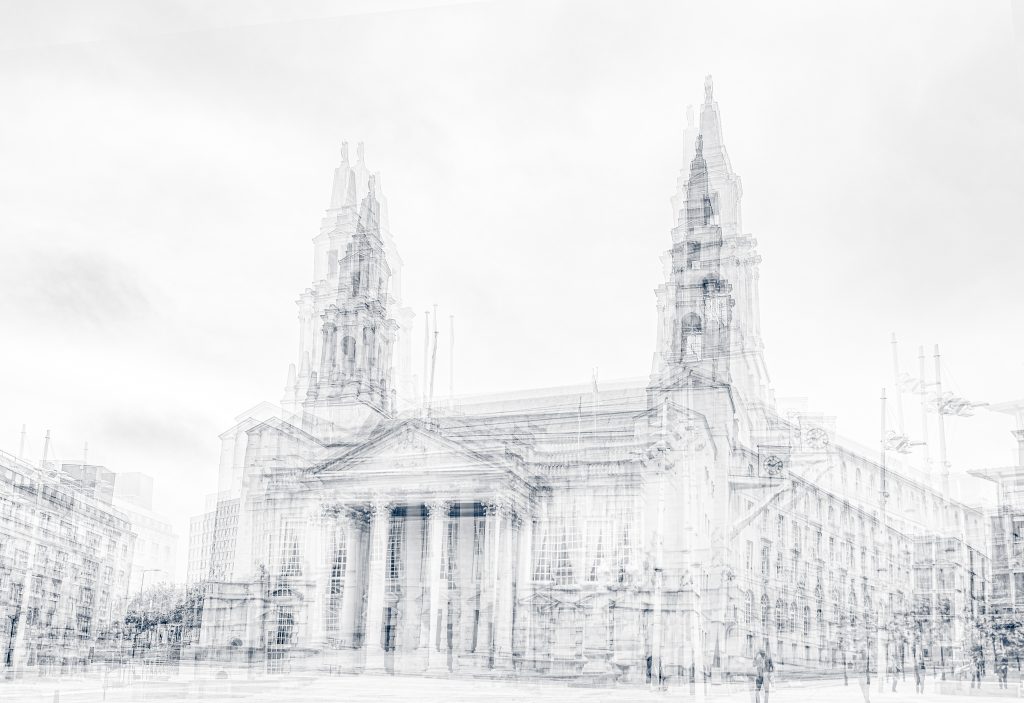
The project came about through serendipity.
I’d dropped my sister off for an appointment at LGI (Leeds General Infirmary) and in order waste some time I took the camera and decided to have a wander around Millennium Square and the Town Hall.
I think we had all felt so restricted over the lockdown months, and even though the circumstances hadn’t stopped me from doing photography I really felt the need to get out and do something different.
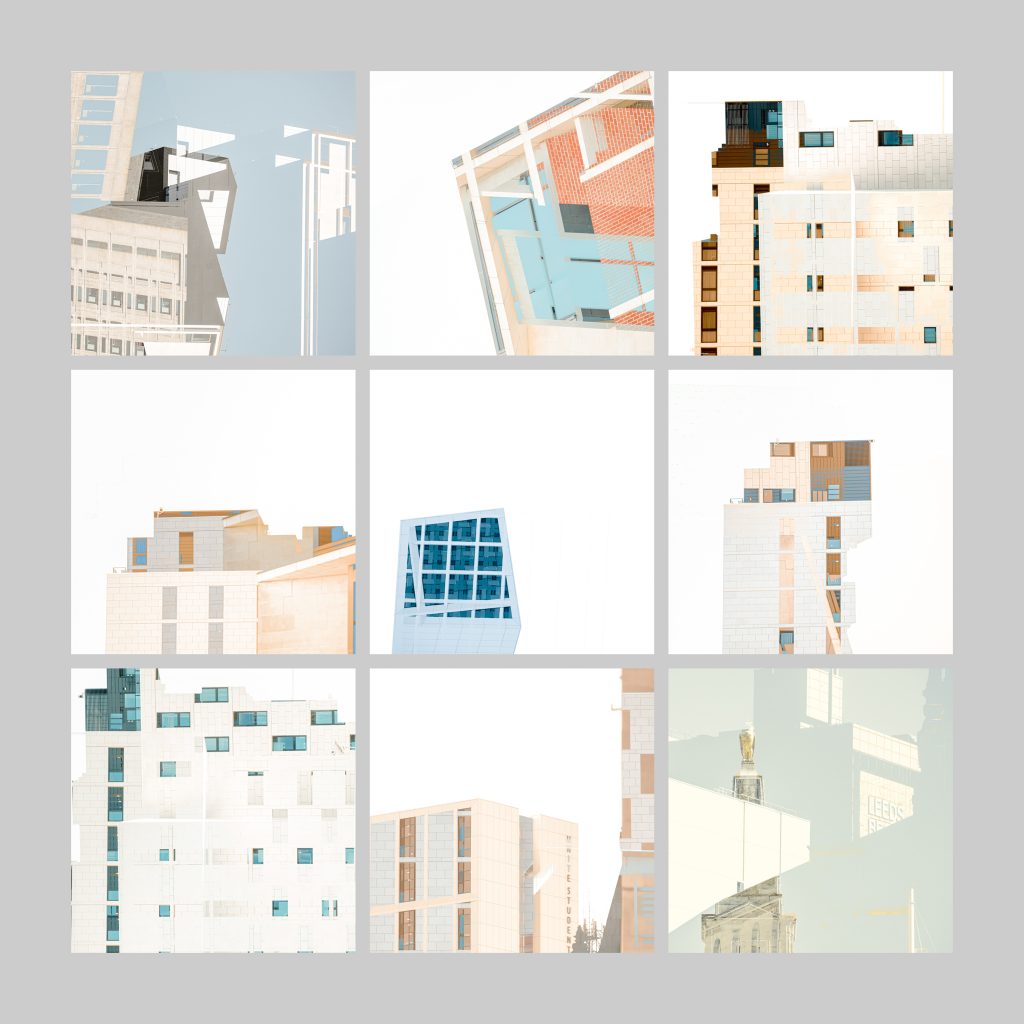
It was one of those mornings with clear skies and beautiful contrasty light on the buildings and after all the restrictions I felt a real energy and sense freedom just being in a different place and capturing images of the architecture around the area.
I spent a couple of hours making multiple exposure images with nothing specific in mind but as soon as I got the images on the computer, I realised I had something that I could develop into a project about Leeds City Centre.
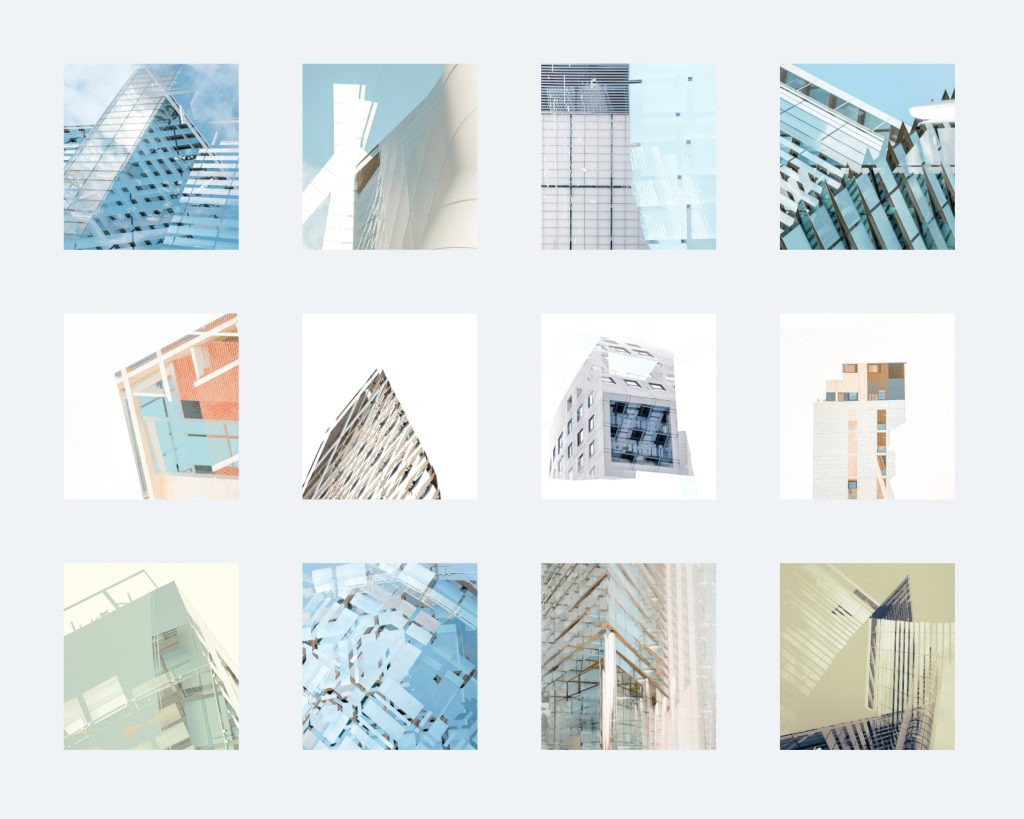
Architecture and the Urban landscape have always been a favourite subject of mine, but I’ve neglected it in favour of mostly landscape and nature photography. However, the style of my photography has changed over the last few years and has become very abstract in nature. I’m more interested in creating an impression or abstraction of the subject rather than what it looks like. I photograph things not for what they are, but for what I want them to be.
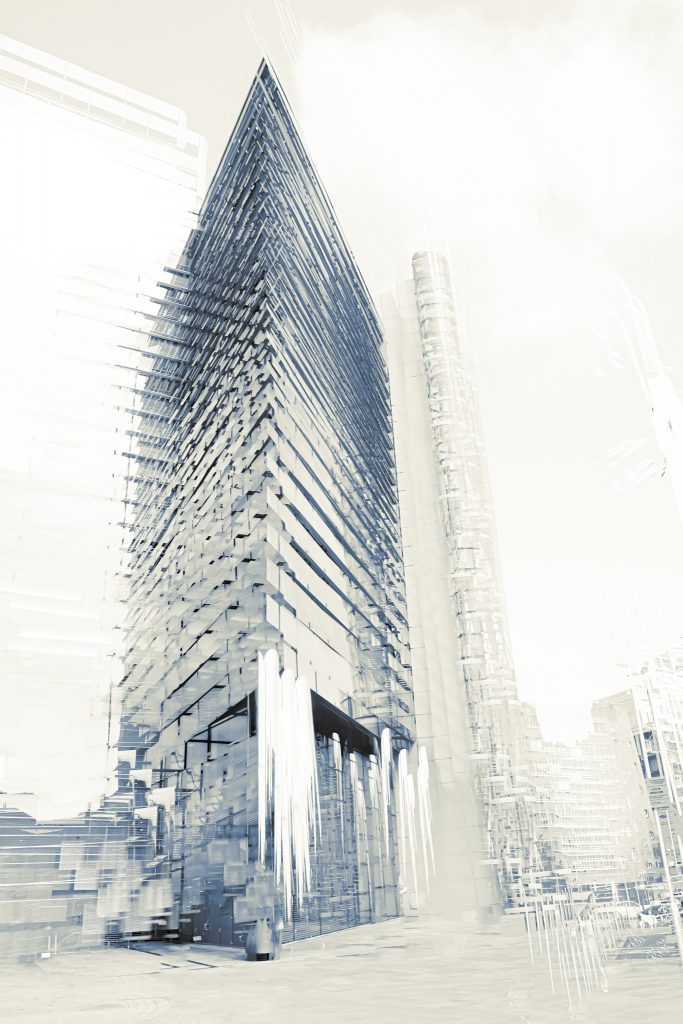
I tend see subjects as shapes, structures, patterns, textures and colours and I get a lot of my inspiration from 20th Century abstract artists like painters Rothko, Kandinsky, Mondrian, Klee, Still, just to name a few, and photographers Ernst Hass and Aaron Siskind. The latter being two of my favourite photographers and their philosophy and approach to abstraction in photography really resonates with me.
“Photography is a transformation not a reproduction” Ernst Haas
My purpose with this project wasn’t to make a travelogue or an advert for the city more to find elements of the architecture that I could use to create entirely new images. In fact many of the images could be taken in any city that has a mix architecture, so it doesn’t matter to me if the buildings are recognizable or not, it is more about the shapes and structures and how I can use them to the best effect in a capture.
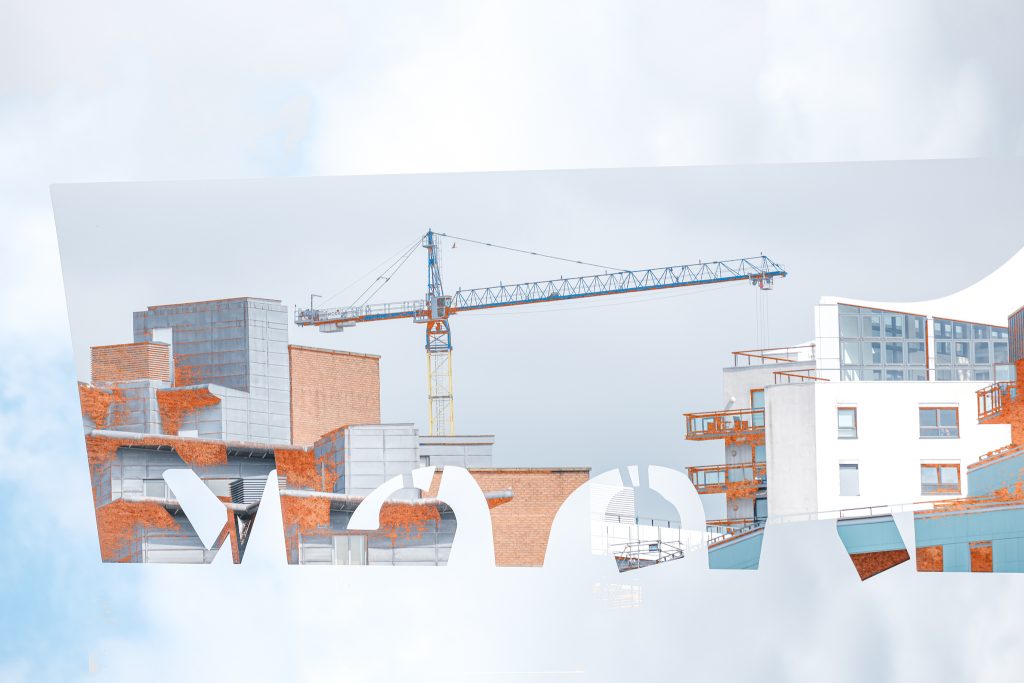
I’ve always felt there is such a good mix of old historical and shiny new buildings in the city but the newer buildings and the modern skyline are what appeals to me most and in my view better suit the techniques I use.
Like most cities, the Leeds skyline is constantly changing, and it doesn’t matter to me that things like cranes and semi-built shells of buildings might dominate. I don’t try to hide them, they are part of the urban landscape whether we like it or not, for me they are just another element I can use in the image making process.
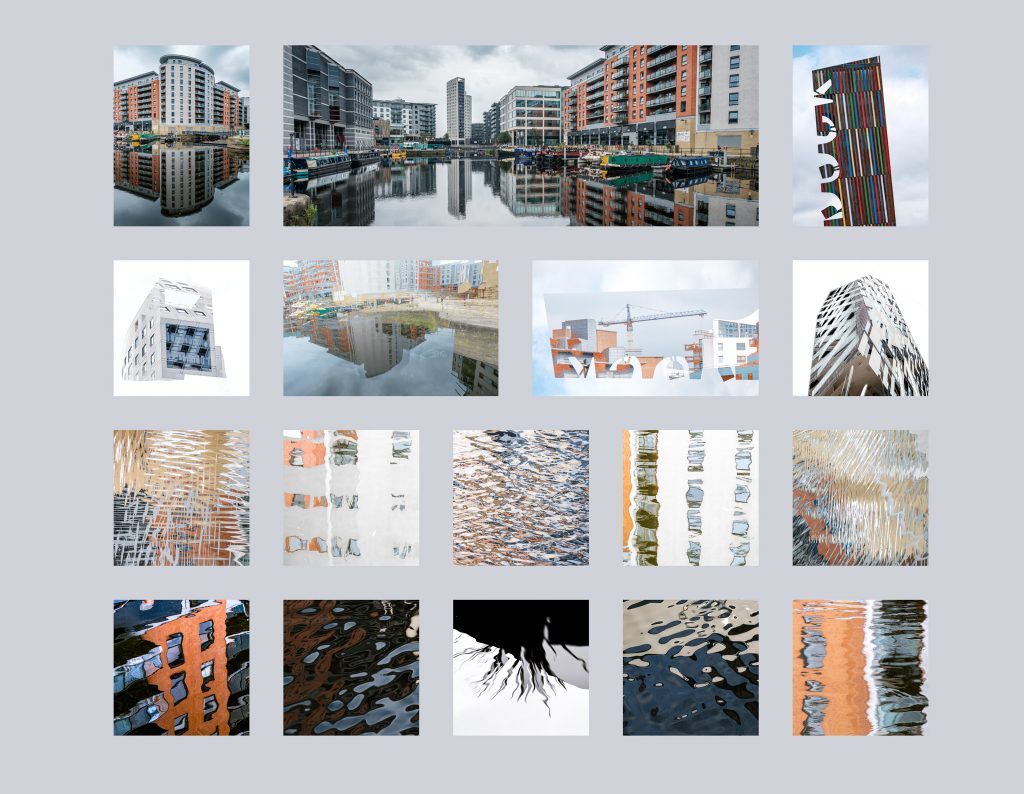
I set about organizing myself and looking at ways to approach the project with a real sense of enthusiasm that I haven’t really felt for a long time.
I knew there was no point in just going into Leeds and wandering around without a focus, it is a large city centre and there are some iconic buildings and locations that draw lots of tourists. I made a list, choosing key areas of the city and then planned my visits around these.
I decided to make 2 visits to each area, the first to make initial captures and then a return visit if required to get more specific images or that might need fine tuning or more captures that might require a slightly different approach, conditions or different lens etc.
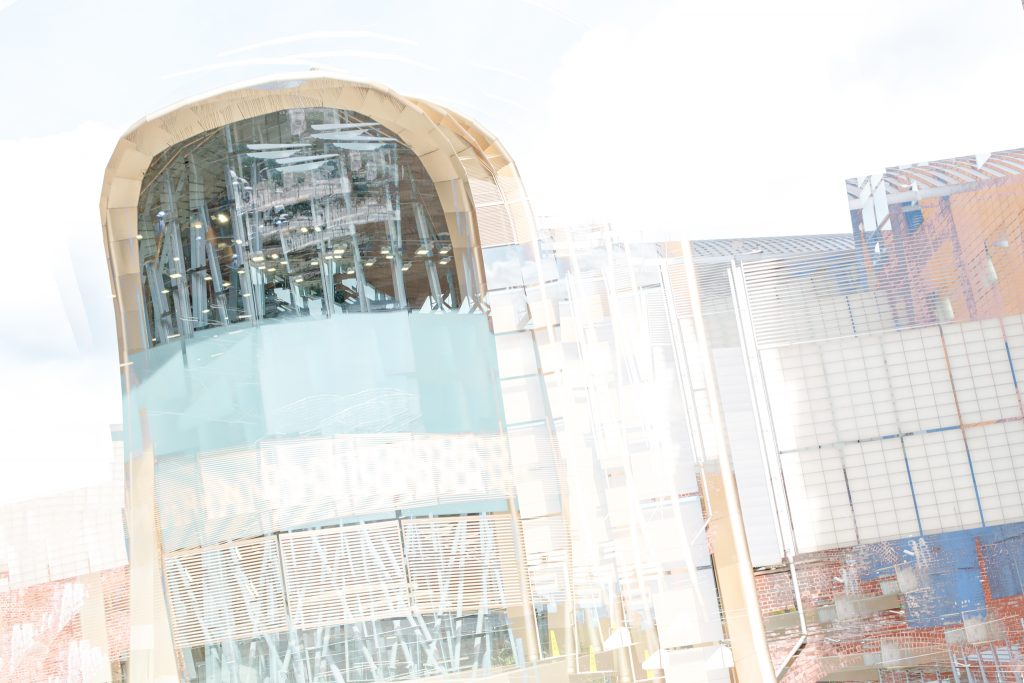
This is the list of locations I chose to concentrate on as they have lots of interesting buildings old and new and plenty of details to photograph.
MILLENIUM SQUARE, CIVIC HALL and TOWN HALL
UNIVERSITY BUILDINGS
LEEDS DOCK
GRANARY WHARFE and DARK ARCHES
RIVER and CANAL
ARCADES, VICTORIAN QUARTER and VICTORIA GATE
MARKETS and CORN EXCHANGE
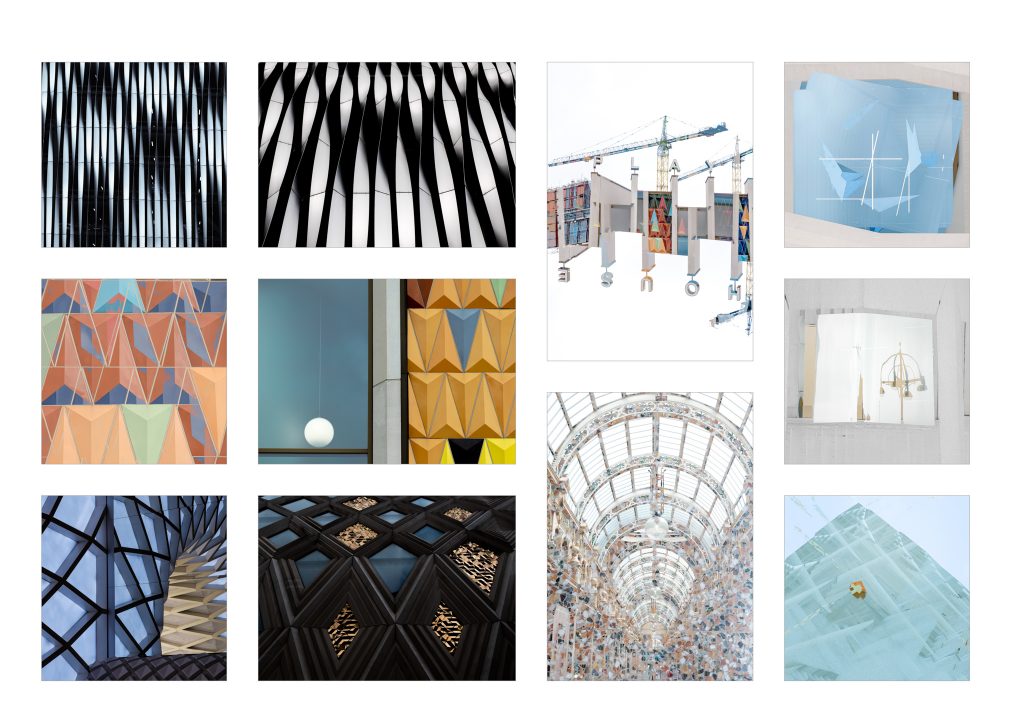
The large majority of the images I’ve taken are multiple exposure captures made in-camera and edited in Lightroom. Most of them only require minor editing.
Anyone who has experimented with multiple exposure will know that certain subjects work better than others with the different blend modes. I’ve spent a lot of time perfecting my technique to the point where I can get much more predictable results straight out of camera.
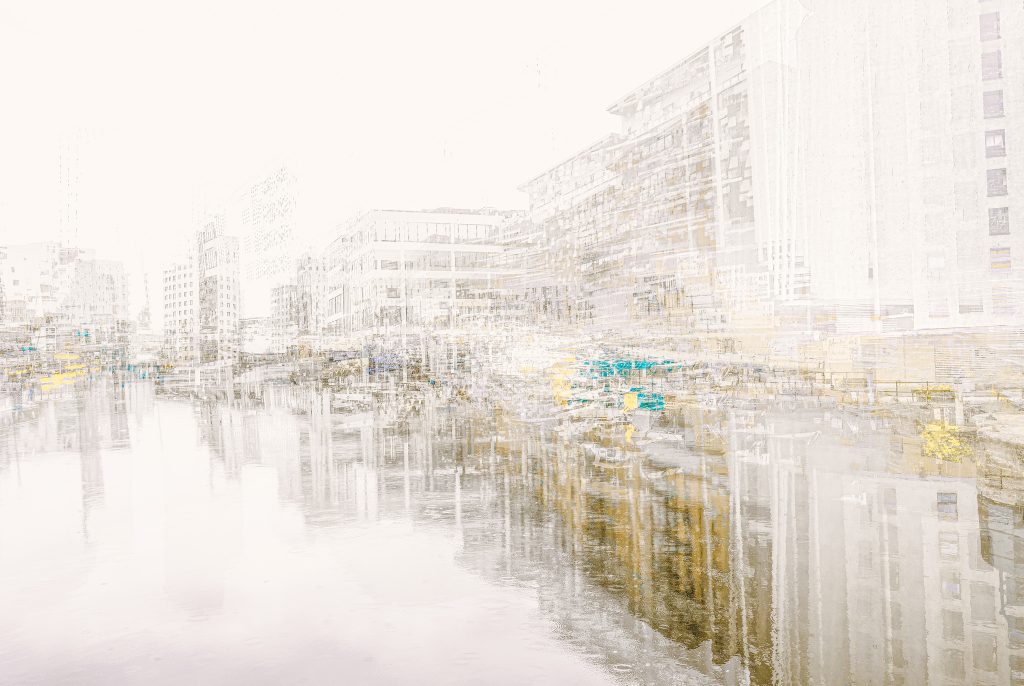
I really like graphic nature of images made using these techniques and I edit them to reflect that. Colour is an important part of my editing workflow, and I will often spend a lot of time making minor adjustments to get just the right hue or colour for a specific area of an image.
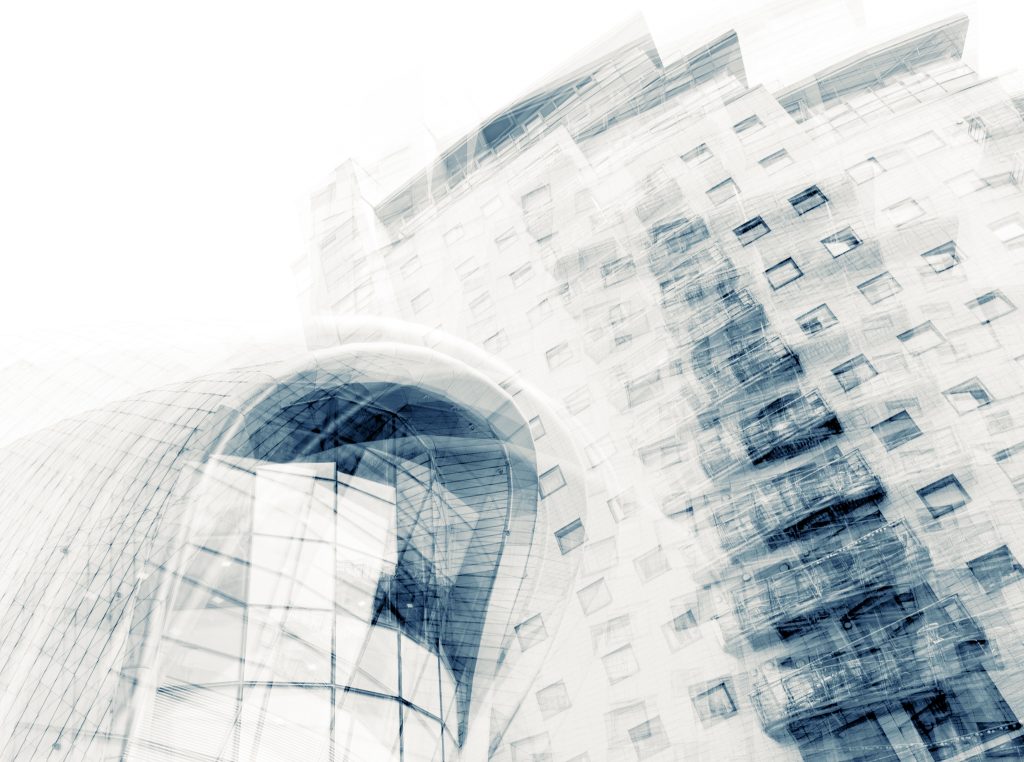
In my view some images suit a specific style that compliments the image making approach for example I feel Average mode or the Overlay style images work well when converting to mono and/or split toning, where colour can sometimes be a distraction.
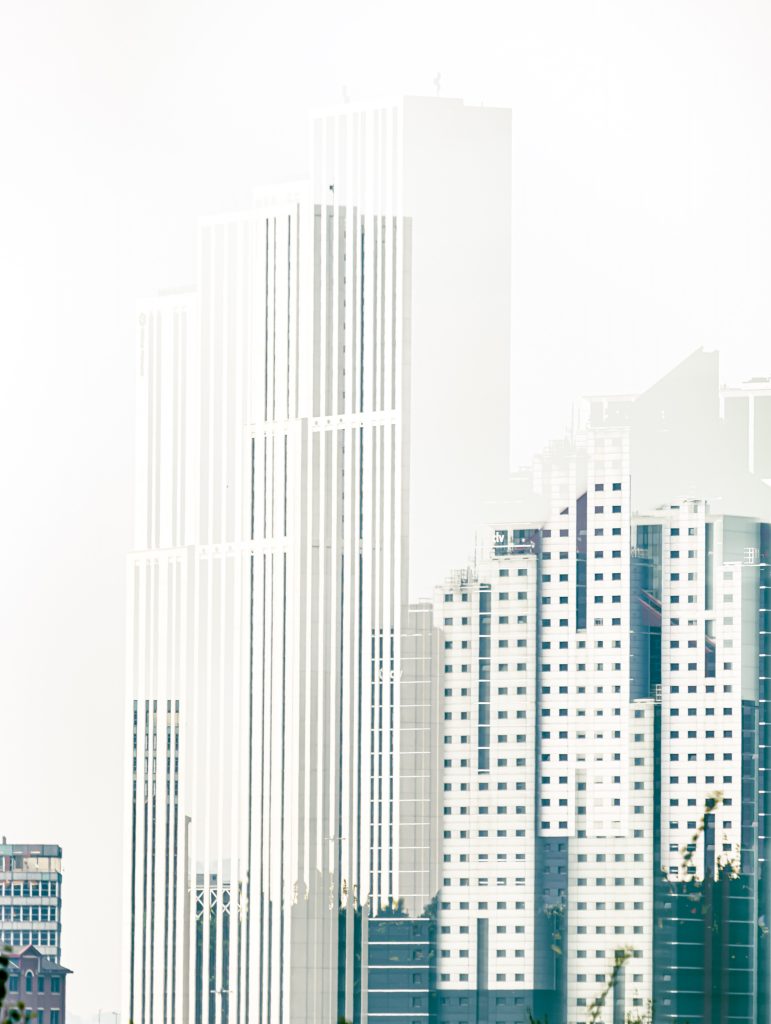
One of the biggest challenges was to capture an image of the Leeds skyline and I scoped out a number of potential locations but couldn’t really find anything that worked for me.
A bit of luck occurred that gave me the opportunity to make a capture that would fit the bill. I was visiting St-James Hospital and it so happens the roof of the car park presents a view across the city which affords a wonderful panorama from Quarry Hill in the West to Leeds Arena in the East.
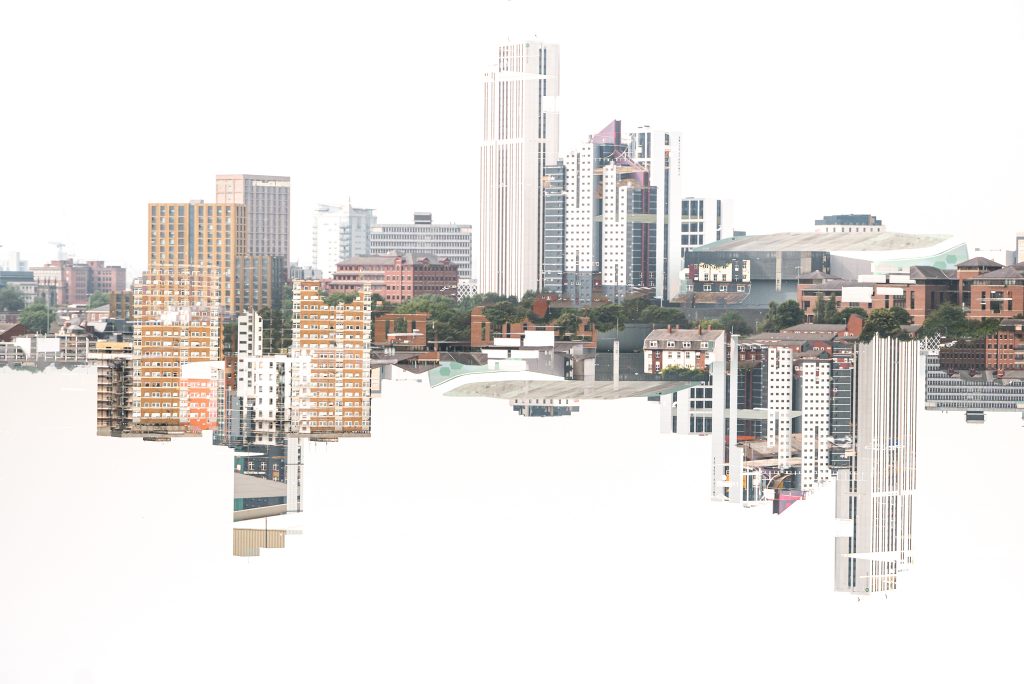
However, finding a gap in the metal grid was difficult but I managed to find a window through one of the concrete blocks above my head, but had to shoot a double exposure blind using the back of the swivel screen at arm’s length but was more than happy with the final result.
All of the images have been taken with the Fujifilm XT4 using either the Fujifilm 18-55mm f2.8 or 55-200mm f3.5 or Fujifilm 14mm f2.8
To complete the project I am planning on putting together an e-book and a self-published book.
Read the article about this project in the RPS Digital Imaging Group Magazine No.90 2021 Issue 3 – Opens a pdf




















































